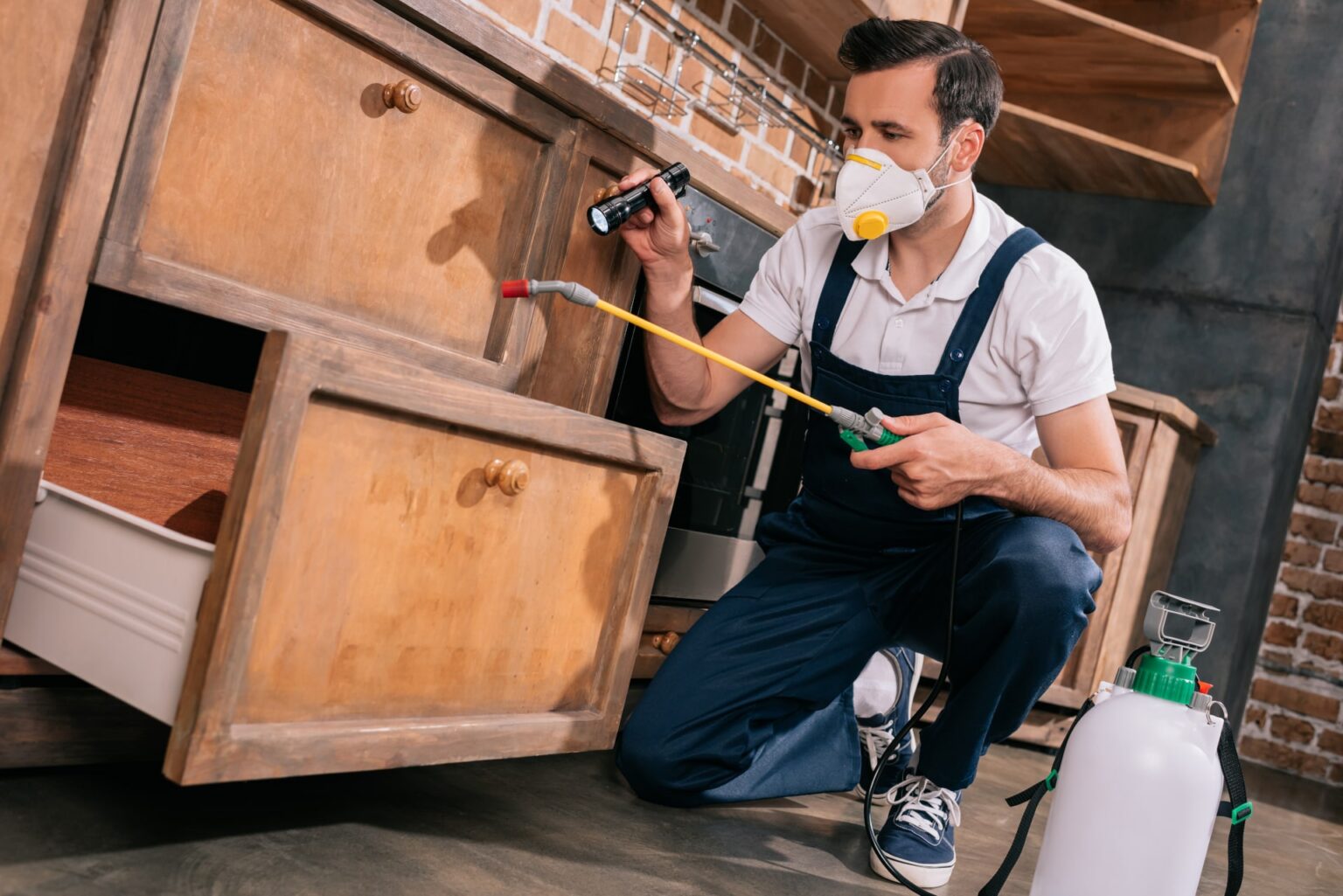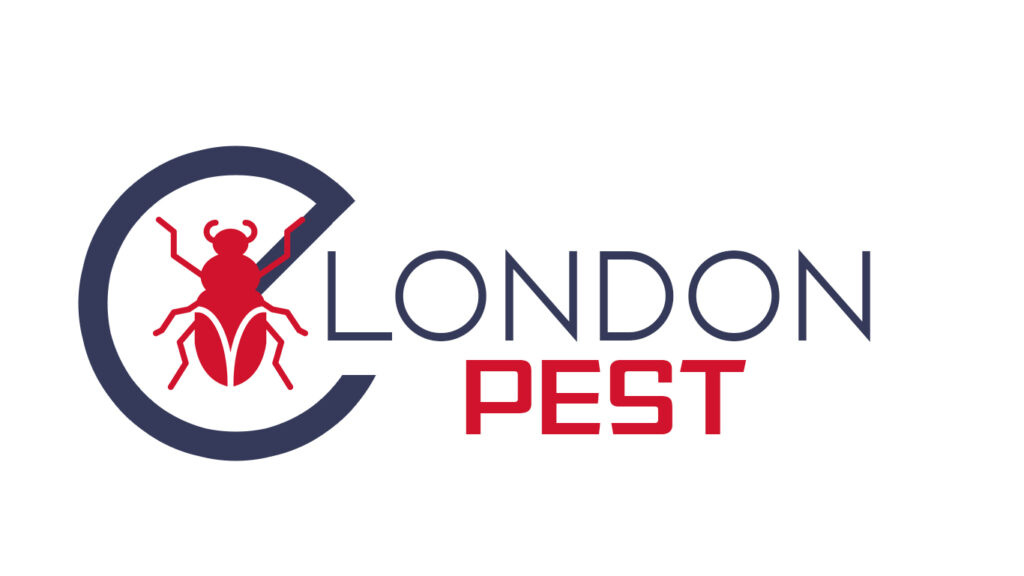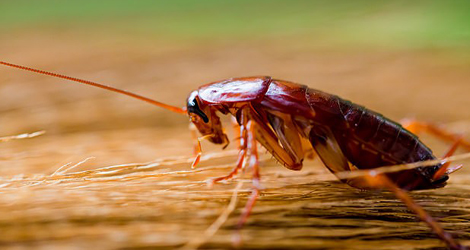
Imagine this spray as a superhero shield that you put on different surfaces. It’s called a residual pesticide. Now, here’s how it works:
Super Stickiness: When you spray this stuff on surfaces like walls, floors, and baseboards, it’s like you’re putting a sticky trap in their way. Cockroaches can’t help but walk through it.
Sneaky Travelers: Cockroaches might look clean, but they’re not. They pick up tiny bits of the pesticide on their legs and bodies as they move around.
Unwanted Souvenirs: As roaches groom themselves, they lick and clean their legs and bodies. This is where the problem starts for them. The pesticide they’ve picked up doesn’t taste good to them at all.
Silent Attack: The pesticide is like a spy that sneaks into their bodies. It messes with their insides, making them weak and stopping them from growing.
Passing the Problem: The roaches don’t know that they’re carrying around a dangerous substance. They go back to their hiding spots, hang out with their buddies, and even share the yucky stuff with them.
Group Takedown: As the pesticide spreads through the cockroach gang, it weakens them one by one. They can’t escape it because it’s stuck to the surfaces they love to crawl on.
Final Countdown: Slowly but surely, the pesticide makes them sick. They can’t eat properly, and they’re not feeling good at all. It’s like they’re on a mission to weaken the whole roach party.
Game Over: Eventually, the pesticide wins. The cockroaches can’t keep up, and they stop causing trouble in your home. They might not be around anymore, but the pesticide shield stays, ready to fend off any newcomers.
So, that’s how the residual pesticide, works. It’s like a silent warrior that stays on guard to keep your home cockroach-free.


